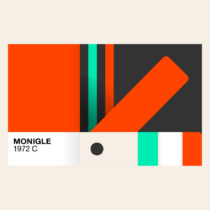Brand Collaborations, Part Three
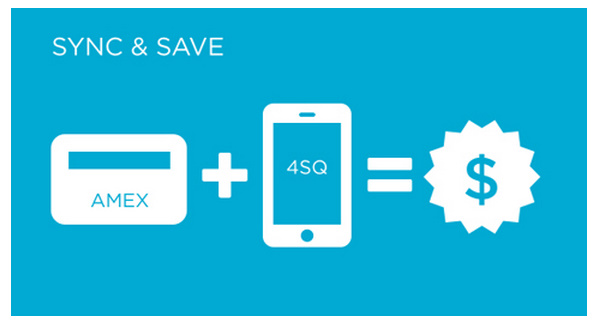
How do you know if collaborating is the right decision?
In Parts One and Two of this series, we explored the benefits of brands going into business together and what happens when such partnerships fail to hit a high note. Our last entry, sequentially goes through the process of determining if a brand collaboration is the right decision and how to increase the likelihood of its long-term success.
Here are four steps to bear in mind that will help you make better brand collaboration decisions:
Consider what a collaboration could do for you
Horizontal Growth
As you identify gaps in your ability to reach customers and prospects, consider your capabilities and how you might amplify those to power your growth. You can save time and dollars by borrowing equity, production capabilities, or even customer perceptions from a brand partner rather than trying to close the gap through your own marketing, innovation, and product/service development efforts. Think about how a partner’s reputation, loyalty, or unique associations might add an immediate halo to your brand experience among new, attractive segments.
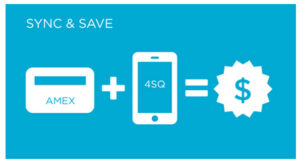 American Express and Foursquare entered into a collaboration to provide offers and prizes for those who check-in at their favorite businesses. This partnership, entirely funded by American Express, allowed both companies to reach a younger audience, and it expanded Foursquare’s reach into the mobile shopping business and increased user engagement.
American Express and Foursquare entered into a collaboration to provide offers and prizes for those who check-in at their favorite businesses. This partnership, entirely funded by American Express, allowed both companies to reach a younger audience, and it expanded Foursquare’s reach into the mobile shopping business and increased user engagement.
Vertical Growth
Alternatively, there may be organizations and brands that can provide an added element to your product or service offering, through manufacturing capabilities and/or technical knowhow, to enhance a unique ingredient of your brand or to expand the reach of your offerings. When considering a new vertical, think about what your customers expect from you and how this new offering fits into your brand portfolio.
For instance, SUVs were once just that, utility vehicles. But Ford changed perceptions by partnering with Eddie Bauer to offer a more stylish SUV while still attracting customers looking for an outdoorsy vehicle. This allowed Ford to broaden its customer base, expanding the appeal to an audience that was previously uninterested in its offering, leading to increased sales for the Explorer.
Look at your brand (or brands) holistically
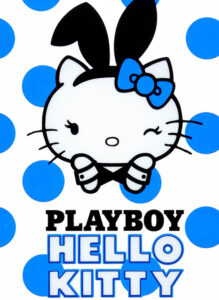
It is important to think beyond the alignment of services or products in the partnership and factor in the extent to which your brands match up or fit together. Each brand’s positioning should fit well with the collaborator or should be “stretchy” enough that the collaboration will make sense to each brand’s key audiences. And in instances like the collaboration between Playboy and Hello Kitty―which was developed to celebrate their 60th and 40th birthdays, respectively, and not as a new line of children’s toys―be prepared to address any weakness or confusion that could result from the association.
Two organizations that manufacture on different scales, West Elm (mass production) and Etsy (homemade), pride themselves in connecting sellers and buyers to unique goods. In a collaboration, they stretch their audience’s perception by delivering artist-made products in West Elm retail locations. Together, the companies go fundamentally deeper than the product itself to promote social responsibility and to help address the world’s business and ethical questions. Beyond brand alignment, it is important to factor in ideologies, structure, and other organizational elements that could cause problems or failure.
Take a position on brand
Next, it’s time to develop a collaborative branding plan―one that is guided by the market, not the boardroom. It’s important to consider if one of the brands should take the lead or if the proposed collaboration will be more egalitarian in its outward expression to the marketplace. This should be determined by analyzing where brand equity lies in the market(s) you’re trying to reach.
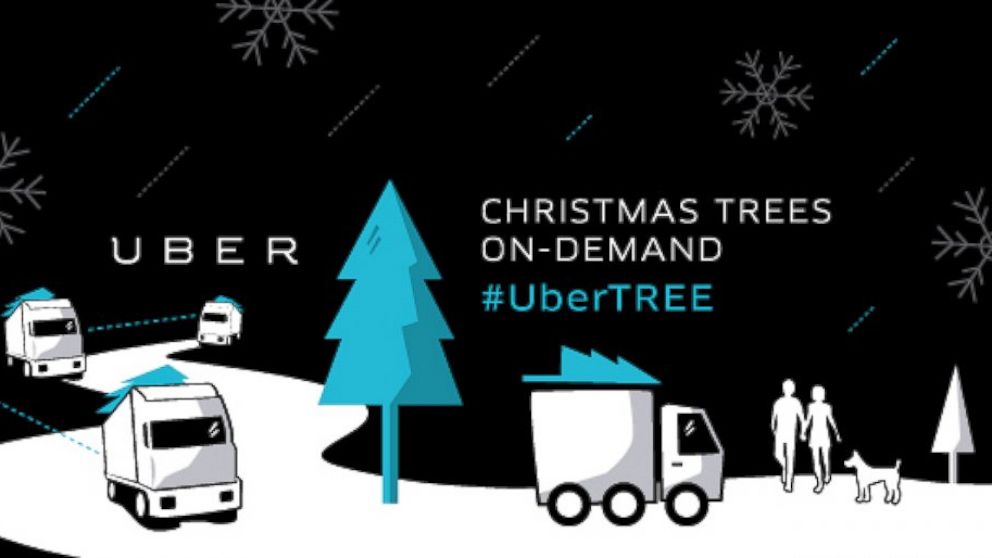 In December 2013, UberTREE, a collaboration between Uber and Home Depot, was announced as a promotional stunt initially to advertise the strengths and benefits of Uber (while ensuring deliveries of healthy trees). Together, the companies delivered Christmas trees in 10 major cities during the holiday season. To understand the success of the collaboration, it’s important to understand the strengths of each: for Uber, it’s about convenience and ease, for Home Depot it is the orange trucks and being the number one seller of Christmas trees. Because the trees and trucks provided by Home Depot were essentially commodities in this act, Uber served as dominant brand, advertising the ease and convenience the brand provides to its customers.
In December 2013, UberTREE, a collaboration between Uber and Home Depot, was announced as a promotional stunt initially to advertise the strengths and benefits of Uber (while ensuring deliveries of healthy trees). Together, the companies delivered Christmas trees in 10 major cities during the holiday season. To understand the success of the collaboration, it’s important to understand the strengths of each: for Uber, it’s about convenience and ease, for Home Depot it is the orange trucks and being the number one seller of Christmas trees. Because the trees and trucks provided by Home Depot were essentially commodities in this act, Uber served as dominant brand, advertising the ease and convenience the brand provides to its customers.
Don’t be afraid to test it
You’ve gotten this far: you have an idea you think is great, it works well on paper, you’re ready to share it with your world, but have you tested it? Testing should always be part of the process because it gives each partner an opportunity to understand how they will be perceived as a result of the collaboration. And sometimes, this means a progressive roll-out or a try-it-out approach.
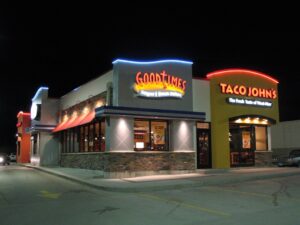 In 2004, Good Times announced that it was testing dual branded locations with Taco John’s and then in 2007 it announced that they were extending to additional test markets to determine if collaborating could be a successful strategy. Though revenues were at or above expectations, operating costs were higher than originally forecasted. Today, only the original test markets remain collaborations as each company considers streamlining menus and systems while supporting each brand. Testing, either in situ or in simulated environments, allows a better understanding of the likely results of the collaboration.
In 2004, Good Times announced that it was testing dual branded locations with Taco John’s and then in 2007 it announced that they were extending to additional test markets to determine if collaborating could be a successful strategy. Though revenues were at or above expectations, operating costs were higher than originally forecasted. Today, only the original test markets remain collaborations as each company considers streamlining menus and systems while supporting each brand. Testing, either in situ or in simulated environments, allows a better understanding of the likely results of the collaboration.
Finally, it’s the time to put in the hard work to make it happen―the implementation must be done right. At this point, it is important to plan how the new offering will be delivered to the market and prepare communications for both internal and external audiences. Some of this can be about creating the “buzz” before launch, but you must also realize that the hard work is never done and you must continually address communications and ensure best-in-class customer experiences. It’s rigorous planning and keeping a consistent eye on the changing consumer and market that will create successful brand collaborations.
For more information on brand collaborations please visit our website.
Elspeth Monigle is a brand strategist at Monigle.

